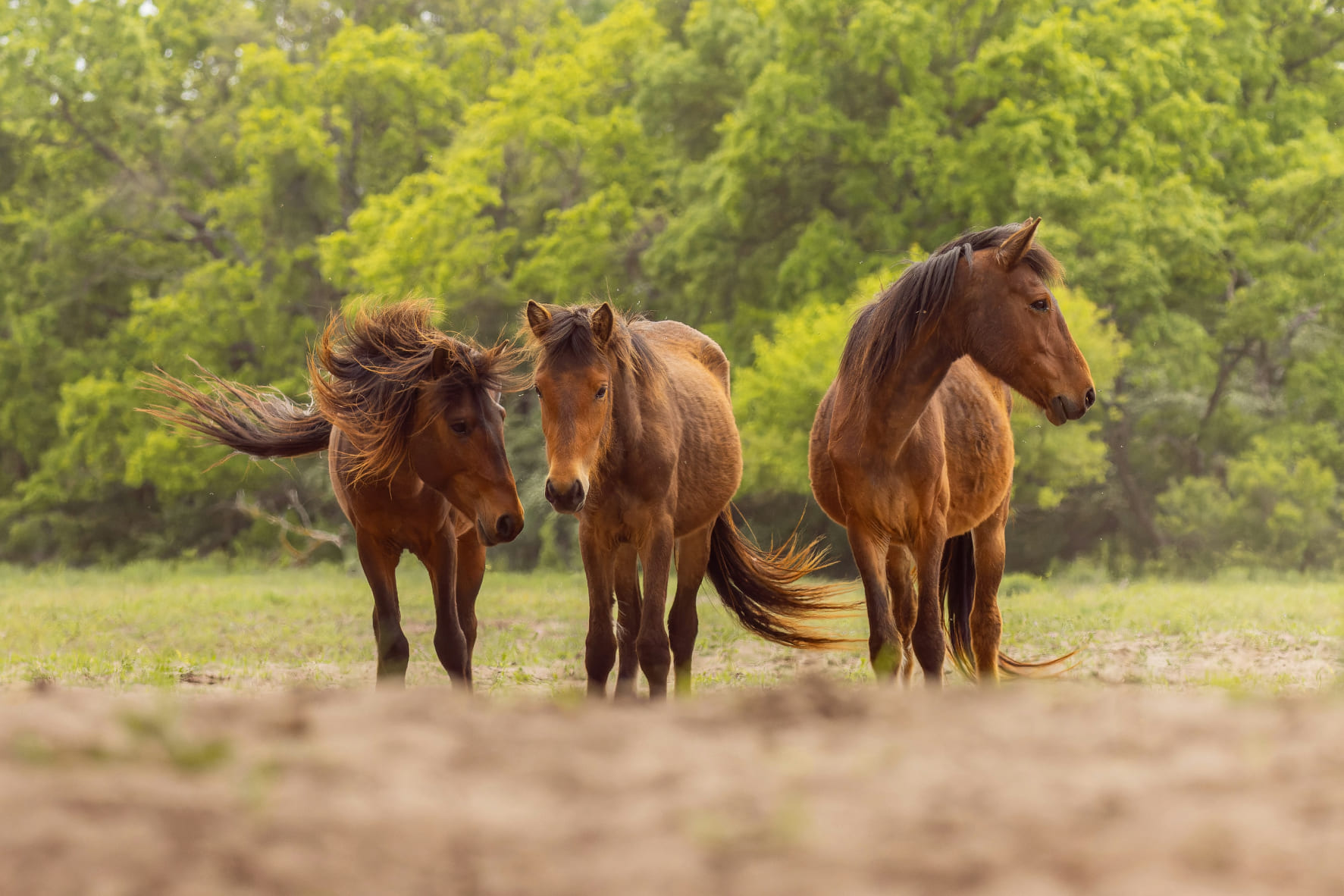The Role of Zoos for Animals: Conservation, Education, and Care
Modern zoos have evolved far beyond being mere attractions; they are now centers for wildlife conservation, education, and research. For many endangered species, zoos play a critical role in ensuring their survival.
Conservation Efforts:
Zoos actively participate in breeding programs to protect species at risk of extinction. These programs, known as Species Survival Plans, aim to maintain genetic diversity and create stable populations for future reintroduction into the wild. For example, the Amur tiger, giant panda, and California condor are just a few species whose numbers have been bolstered through zoo efforts.Education for the Public:
Zoos educate millions of visitors each year, raising awareness about the importance of biodiversity and the challenges faced by wildlife in the wild. Interactive exhibits and educational talks inspire people to care for nature and take action to protect it.Care and Rehabilitation:
Zoos provide expert care for animals, including medical treatment, enrichment activities, and spacious enclosures designed to replicate natural habitats. Many zoos also act as rescue centers, taking in injured or orphaned animals that cannot survive in the wild.Modern zoos are vital in bridging the gap between humans and wildlife, ensuring a future where both can thrive.

